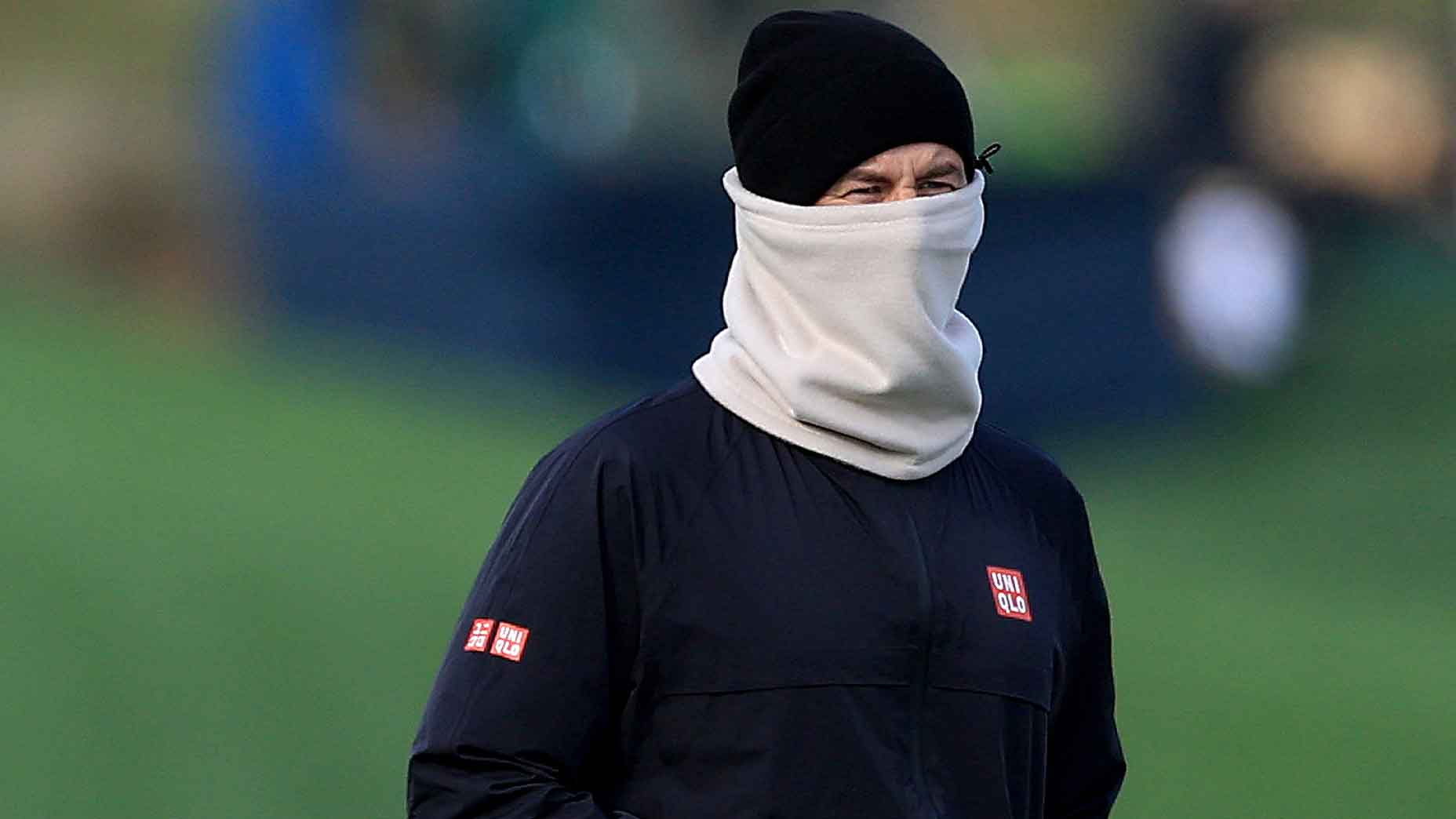
College golf has official rankings – finally.
The NCAA and Clippd Golf released the first iterations of Mark Broadie’s highly anticipated NCAA golf team and individual rankings for Divisions I, II and III, NAIA and both NJCAA divisions on Wednesday afternoon.
On the D-I side, there is little surprise at the top as Wake Forest, arguably the most consistent program of the fall, ranks No. 1 in the women’s team rankings while North Carolina, which won three times, edged out Auburn for the top spot in the men’s team rankings. Individually, Alabama’s Nick Dunlap and Arkansas’ Maria Jose Marin are the No. 1 players for D-I men and women, respectively.
These rankings come after a chaotic fall season in which Spikemark flopped as the new NCAA rankings and scoring provider, forcing the NCAA to pivot to a new contract with Clippd to fix the mess. Rankings were supposed to debut on Oct. 15, but Spikemark’s issues caused that target to be missed. Golfweek had posted its Sagarin rankings earlier in the fall but had recently taken them offline.
Official rankings are crucial to college golf as they are used to determine at-large bids for NCAA regionals.
Broadie’s rankings are points-based, a transition from the mainly head-to-head, stroke-differential rankings done by Golfstat, the previous NCAA partner. Essentially, teams and players are awarded average point values, which they bring with them to tournaments along with other competitors to determine the overall points available at these tournaments. Then based on finishes and stroke differentials, points are allotted.
This way of ranking teams and players, which resembles that of the new Official World Golf Ranking, has long drawn criticism. Wednesday’s rankings drop wasn’t spared. GolfChannel.com has spoken with dozens of coaches and players who are frustrated by several issues they see in Broadie’s rankings.
Broadie has released a Q&A and explainer of his rankings, though there are still questions.
Here are some of the concerns:
• Issues with small fields like East Lake Cup, which awarded over 200 points to men’s winner Kale Fontenot, considerably more than many stronger events, despite the Georgia Tech freshman beating just 19 players.
• Splitting points for co-wins. For example, Cole Sherwood of Vanderbilt and Georgia Tech’s Christo Lamprecht tied after 54 holes of the Hogan Collegiate, a loaded field, and both received just over 74 points each. (Sherwood won a playoff, though the NCAA has never recognized playoff wins because not every event does them.) On the women’s side, there were four co-champs of the Annika Intercollegiate, arguably the fall’s premier event, that received just 59.9 points apiece.
• Match-play point values largely dependent on your own rating. Let’s look at Dunlap’s points breakdown. He received 41.41 points for his T-18 at Olympia Fields, a top-tier field albeit an event shortened to 36 holes because of weather. Dunlap also received 125.24 points for winning the SEC Fall Preview, 120.74 points for his runner-up at the decidedly weaker Hamptons Intercollegiate and 107.53 points for beating Florida’s Luke Poulter (No. 119 in rankings) in a match at the SEC Fall Preview. So, well more than double the amount of points for winning one match than finishing T-8 in one of the toughest events of the fall? (Granted the match-play win counts for one round, Olympia Fields two rounds.) Also, look at Dunlap’s teammate, Jonathan Griz, who also won his match at the SEC event. Griz beat Ian Gilligan (No. 158 in rankings) and received … 18.74 points.
• Stroke differential, with how it’s applied, matters way more than strength of field in some instances. From the looks of it, it’s better to beat a weaker field by a lot (Washington by 26 over Oklahoma at Husky – 150.68) than a tougher field by a shot (Vandy over North Carolina at Hogan – 105.17). Some with knowledge of rankings have noted that stroke differential only works with head-to-head rankings because it factors in connection and other tournament results, while the points-based struggle to accurately account for stroke differential.
• Vanderbilt being third and almost 20 average points behind North Carolina despite being 3-0 against the Tar Heels this fall, 2-0 in stroke-play events, and both teams having three wins and two runner-up finishes.
There were just a few of the examples pointed out by coaches, who also noted missing results, incorrect results and one player (Tennessee’s Caleb Surratt) even receiving over 87 points for a WD during Round 2 of the Vols’ home event. Though Surratt’s points count for just one round, that’s more average points than what was given to the two players who tied for second.
Of the two dozen coaches with whom GolfChannel.com has spoken with, the vast majority agreed that Broadie’s rankings had serious flaws, with some even using descriptors like “disaster.” A few coaches, though, were willing to recognize some positives – and that they may not know the rankings as well as the guy who created them – and remained hopeful that with the proper tweaks the rankings would be fine.
GolfChannel.com communicated with an NCAA spokesperson, who said that the NCAA and Broadie would be available for interviews at a later date. GolfChannel.com also learned that Broadie will hold two web seminars for coaches on Nov. 21 and No. 28. Broadie also is expected to attend the coaches’ national convention Dec. 5-7 in Las Vegas.
For full rankings, click here.







